Fried Mussels with Wild Greens
Armageddon shmarmageddon - I've got my mussels.

The primary ingredients to this dish are foraged (Baker Beach for mussels and Temescal for greens), so as long as I can rustle up the other ingredients and a burner, I’ll be sitting pretty post-apocalypse. The wild mussels were foragedand thus, quite “rustic” making it virtually impossible to clean them thoroughly and necessitating cooking and taking them out of the shell before consuming, so I decided to fry them. The below recipe serves 3-4 as an appetizer.

1 pound fresh mussels, rinsed and scrubbed as best you can
1 cup cornmeal, medium grind
1/2 teaspoon paprika
1 egg, beaten
1/2 teaspoon salt
2 tablespoons high heat oil, such as grapeseed or coconut
1 lemon wedge (can use a slice from dressing, below)
Foraged greens, such as dandelion and sow thistle tossed with lemon-olive oil dressing (Combination of juice from 1/2 lemon, 1 tablespoon olive oil, and 1/2 teaspoon of mustard for 1 cup greens) - I like a lot of greens, but whatever is best for your preference of fried mussel:green ratio

Boil mussels in a large pot of water (rolling boil) for about 7 minutes, or until mussels open. remove mussels from shell, drain any excess water, and set aside. Discard any mussels that do not open.
Meanwhile, mix cornmeal with paprika and salt on a plate. Dip mussels in beaten egg a few at a time, then toss in cornmeal mixture to coat.
Heat oil on medium-high. Once oil is hot, add mussels and brown on each side, about 3-5 minutes total. Remove from oil, place atop wild greens tossed with dressing, drizzle with squeeze of lemon, and sprinkle with paprika.
Serve with aioli, if desired.
Wanting the Unwanted: Why Eat Weeds
Wild food week 4/4 - 4/10!

What is the first food that comes to mind when you hear "foraged"? My guess is that a mushroom came to mind. While it's true that most mushrooms are grown in the wild, there's an abundance of other wild plant foods that are much easier to find and identify.
Just because these wild plants are out there, does that mean we should eat them? My colleagues and I of Berkeley Open Source Food (BOSF) are arguing yes. Here's why:
Nutrition:When the human diet shifted from hunting and gathering to agriculture some 10,000-20,000 years ago, we began the process of selecting certain monocultures for specific characteristics. Decreasing agricultural diversity had benefits, including population growth, but also led to a decrease in a variety of nutrients, particularly phytonutrients, causing the Western diet to have a much narrower range of nutrients today than it did thousands of years ago. These phytonutrients may reduce our risk for modern chronic diseases such as diabetes, heart disease, and cancer. Incorporating more wild foods into our diet might help reduce the risk of chronic disease.

Ubiquitous snack: the humble dandelion
Sustainability: It's no secret that California is experiencing a massive drought. These wild plants require no water beyond what nature provides, are largely drought-resistant, and are abundant in urban environments. Additionally, if we can make it profitable for farms to harvest and sell their edible "weeds" rather than compost them, we'll increase farm efficiency. Finally, of course we also all have Armageddon in the back of our minds (or at least I do) and knowing about wild edible plants will set us up for success when the time comes!
Culture: When was the last time you picked your food from the ground? How did it taste? Did it give you a warm fuzzy feeling? Research indicates that even children who are reluctant to try vegetables will do so if they have a hand in harvesting them and foraging is no different. By knowing where our food comes from, we're helping get back to where we started, if even just a bit, which will result in improved quality of life.
Gastronomy: Let's face it, new, crazy ingredients are fun. Even if you don't want to "get wild" with wild foods personally, it's exciting to go to a restaurant and have them introduce you to a new, delicious, local plant, no?

Gastronomy: Getting wild at the Chez Panisse tasting table with chefs from The Perennial/Mission Chinese Food, Mission: Heirloom, and (of course) Chez Panisse.

Tasting table notes.
So, the next question is - how do we get these tasty, nutritious, and abundant plants on people's plates? The answer is multi-faceted, exciting, and challenging. A few of the angles we're taking to tackle the issue include mapping wild edibles in "food deserts", investigating barriers to consumption (and identifying how to overcome these barriers), creating a supply chain and market for wild foods, and promoting consumption of wild edibles.
One project on BOSF's foraged plate now is Wild Food Week, which begins tomorrow (4/4) and runs through Friday 4/10. Our intention with Wild Food Week is to increase awareness of and interest in wild edibles with a series of events from a guided foragers’ walk to dinners at César, Chez Panisse, The Perennial/Mission Chinese Food, and Mission: Heirloom. We are working with several local farms to source the edible weeds and will debut a foraging field guide called The Bay Area Baker’s Dozen Wild Greens. See event details here.
It's been an exciting and eye-opening journey with many unique challenges. I look forward to telling you more about these challenges as well as a debrief on the events and our successes. For now, here's a sneak peak of the top 13 most common wild edibles in the Bay Area that we've included in the Bay Area Baker's Dozen Wild Edibles field guide. If you donate $15 or more to Berkeley Open Source Food, we'll mail you a field guide of your very own! Just be sure to mention this in the "additional details about my support" section. Donate here.


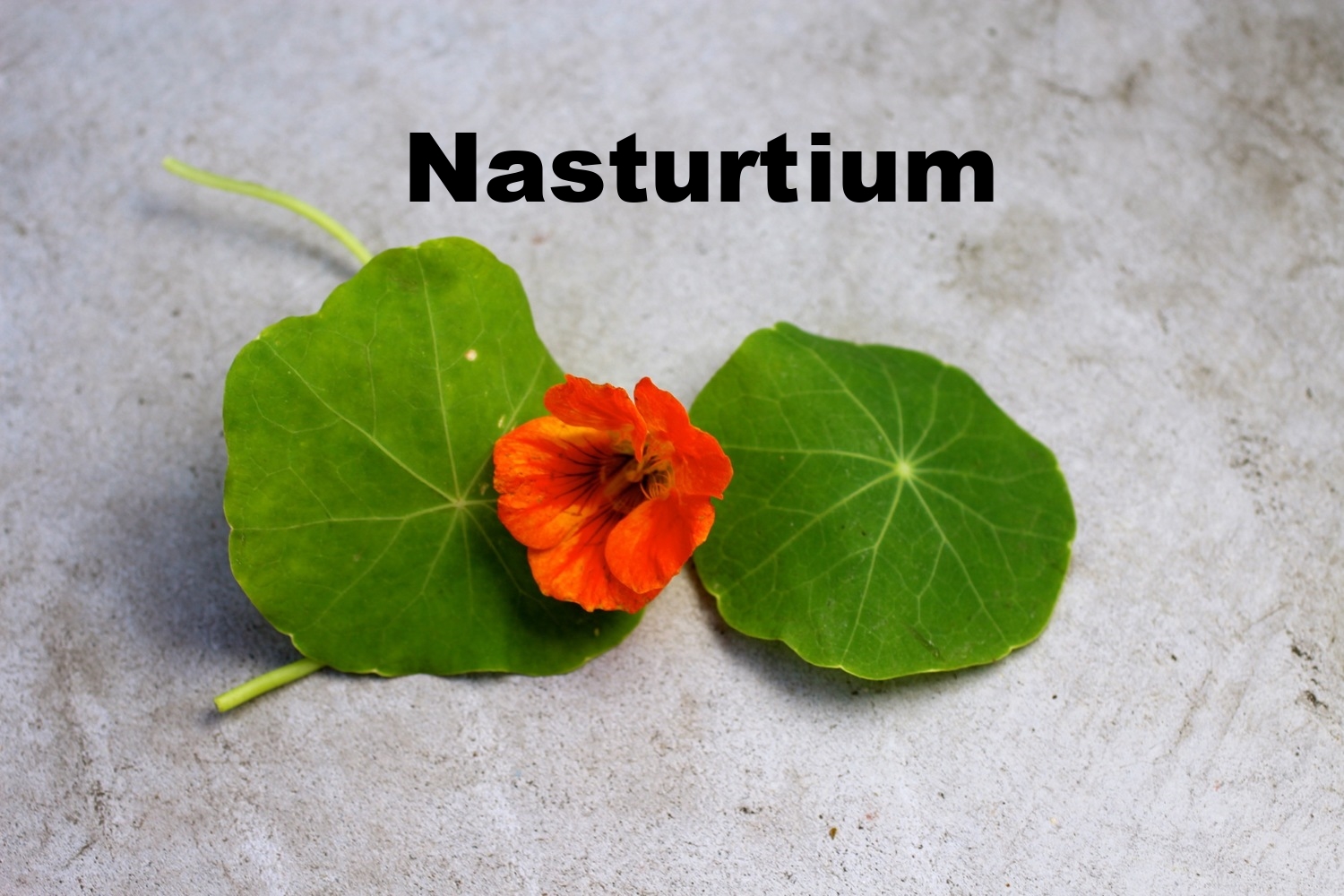



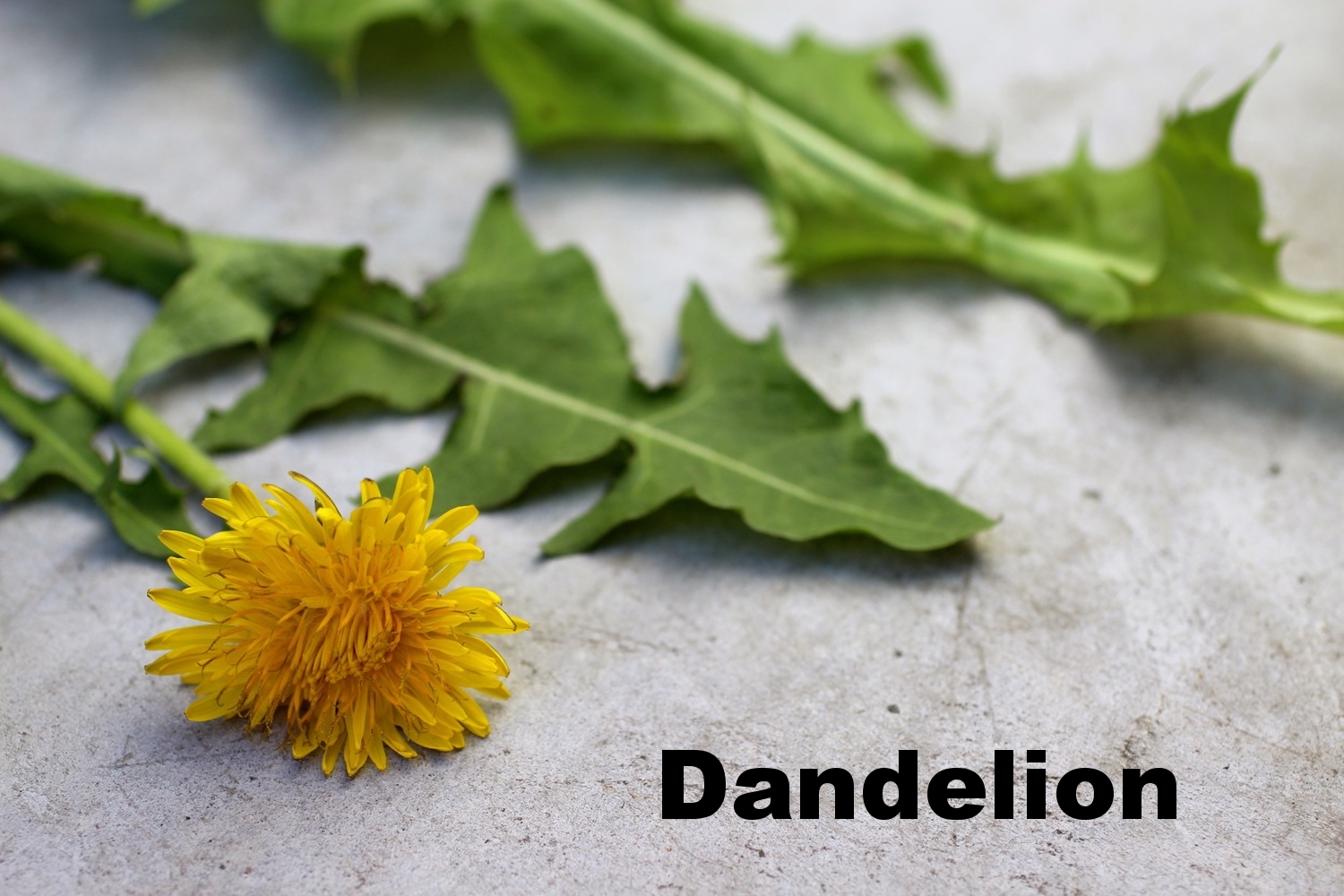


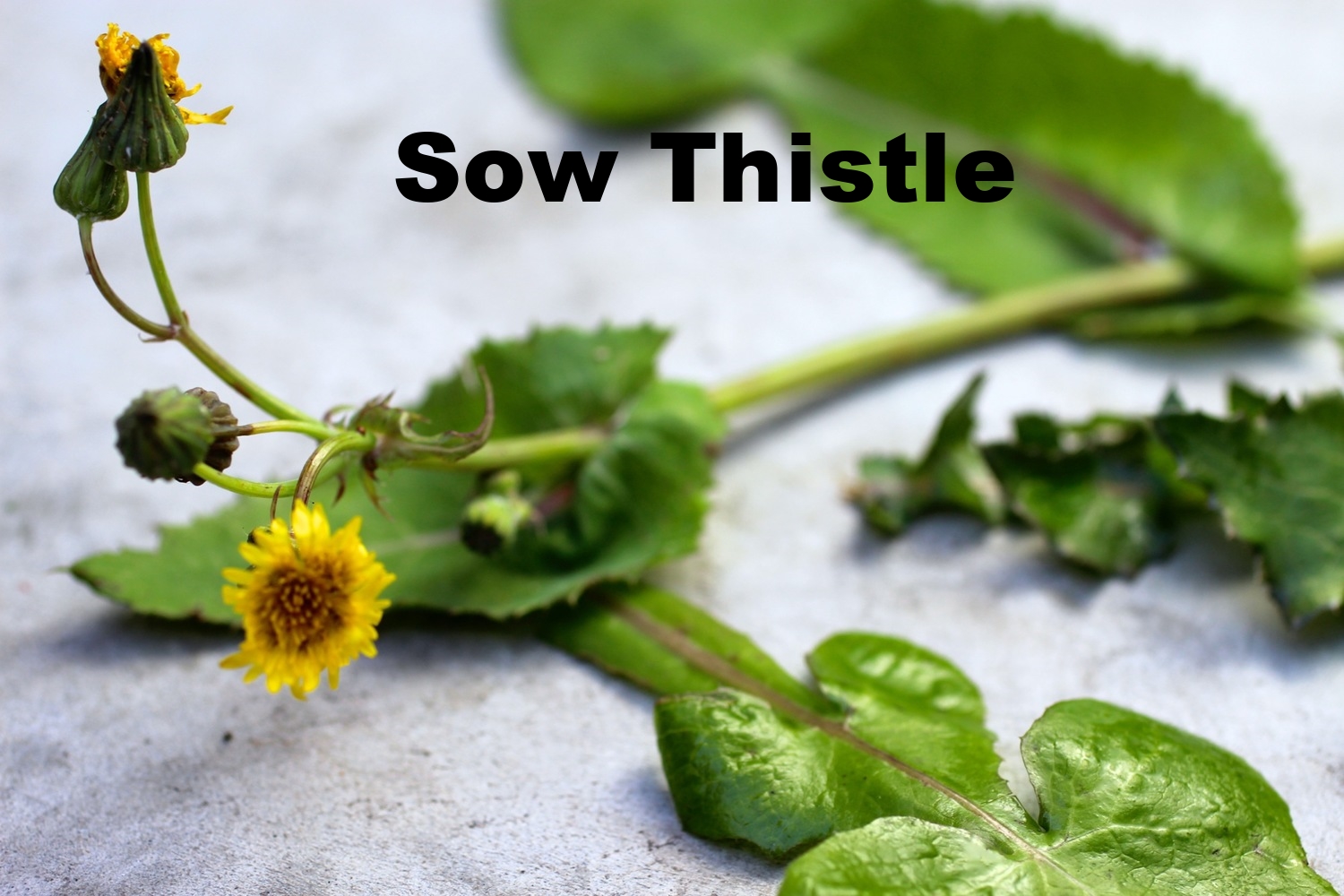

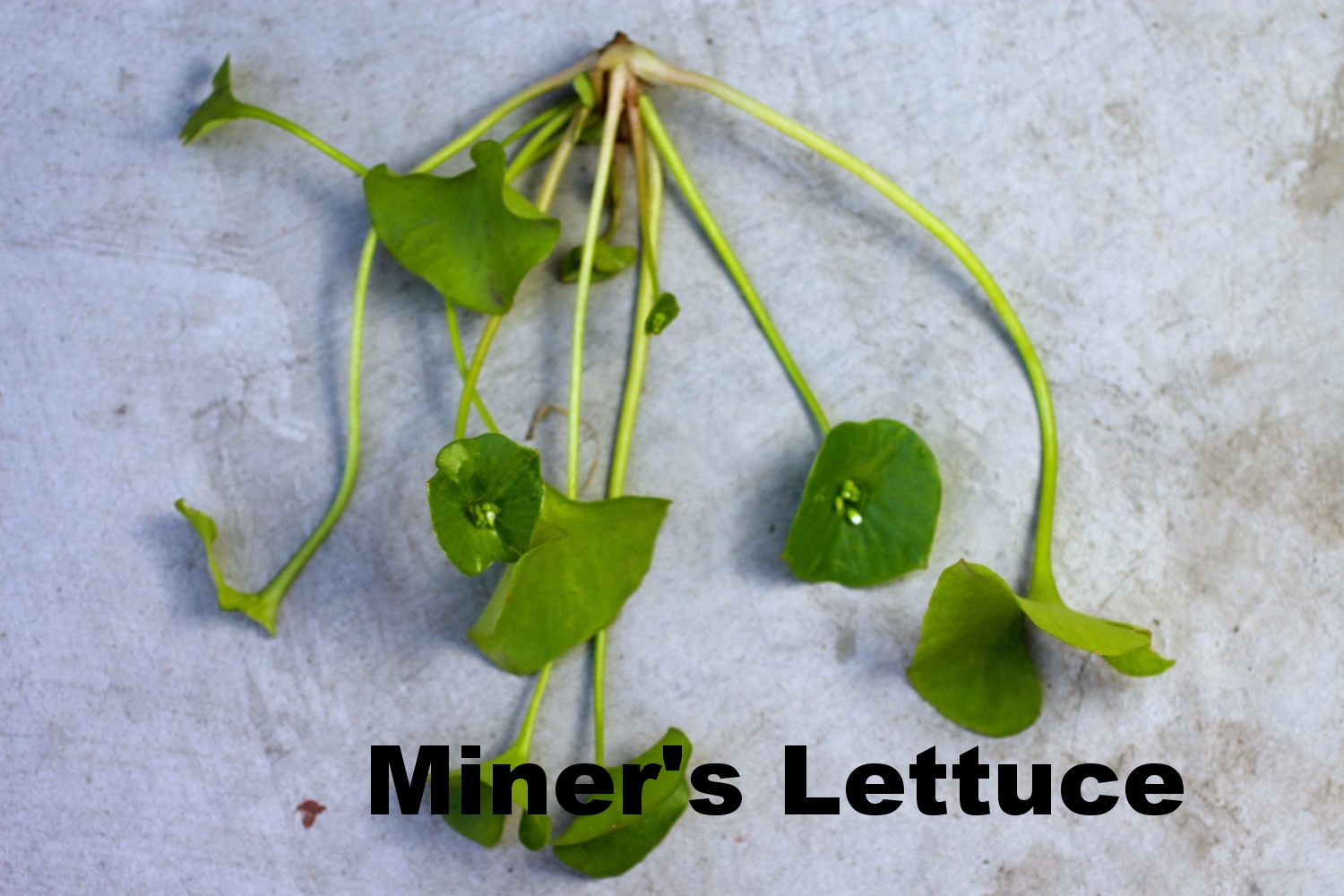
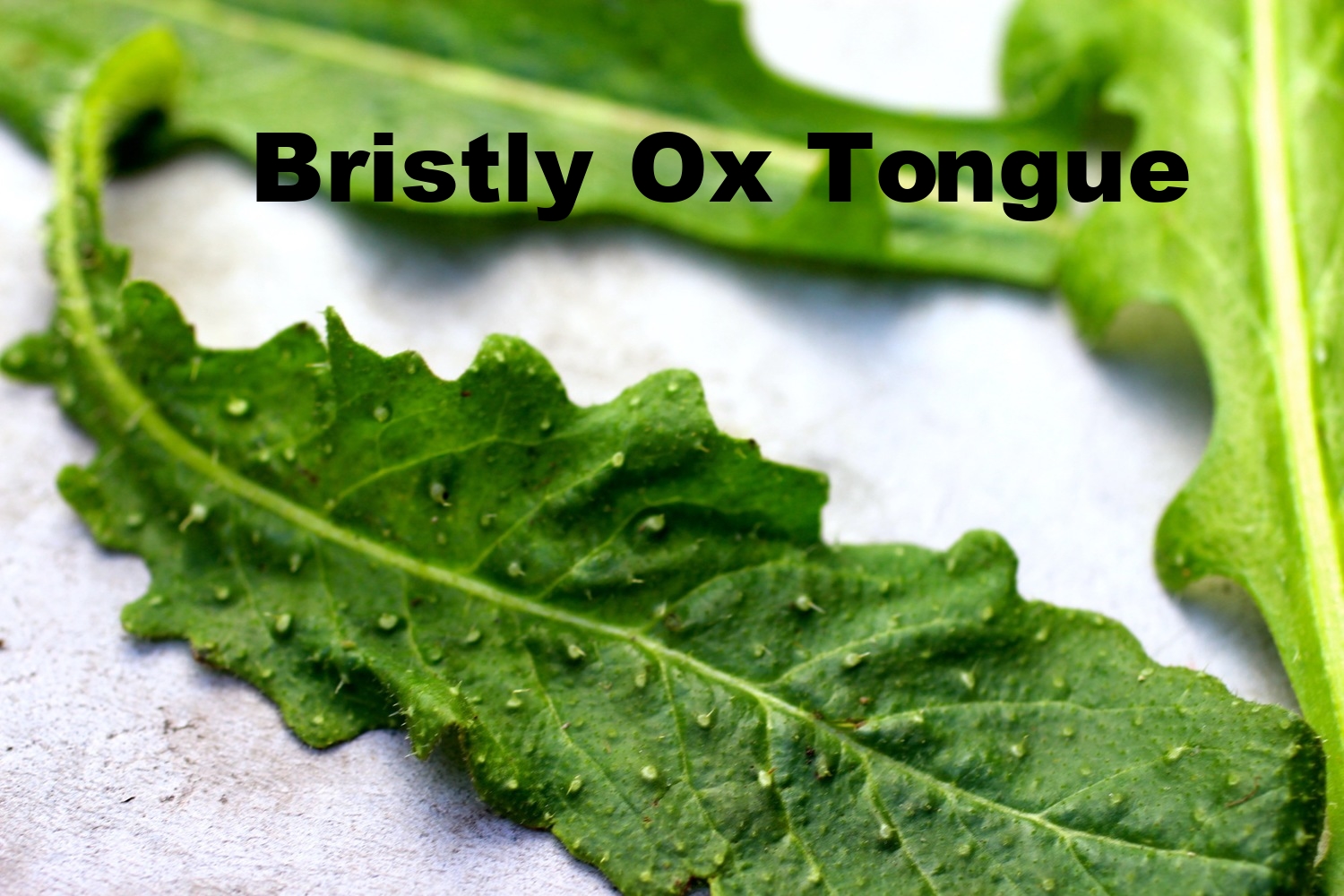
Here's an idea of what the field guide looks like - donate at least $15 to Berkeley Open Source Food and we'll send you one!

We've had a lot of press for this event - check it out!
http://www.eastbayexpress.com/WhatTheFork/archives/2015/03/31/slinging-weeds-wild-food-week
http://us7.campaign-archive2.com/?u=5da7f13757629775a7e122725&id=0b39e78e13&e=d87ccf06ab
http://www.citylab.com/work/2015/04/how-do-you-convince-people-to-eat-weeds/389357/
http://missionlocal.org/2015/04/for-wild-food-week-weeds-for-dinner/
http://www.nbcbayarea.com/news/local/Wild-Food-Week-298812881.html
References:
Gibbons, E., 1962. Stalking the Wild Asparagus, David McKay Co., Inc., NY, 303pp.
Robinson, J. “Breeding the Nutrition Out of Our Food”. The New York Times, 2013.
Craig, W. “Phytochemicals: Guardians of our health.” J Am Diet Assoc. 1997;97:199-204.
Foraging Mussels
The easy street to self-sustaining.


If you haven't been mussel foraging, it's easier than you think - I guarantee it. All that it requires is a little bit of forethought, gloves, and a bucket. The last time I went to Baker Beach in San Francisco and there were tons of mussels clinging to a few rocks and our buckets were filled in no time. Yes, the mussels can be a bit rugged in texture, but believe me, they're worth it! Here's what you need to know and do before you forage mussels in California:
Only go during the months from November to April. From May to October mussels are quarantined due to potential paralytic shellfish poisoning - not something you want to mess with.
Call the California Shellfish Biotoxin Information Line at 1-800-553-4133 to double check that waters are safe at the time that you plan to go (sometimes the quarantine for longer periods depending on weather and water conditions).
Stop by a drugstore and pick up a one-day fishing permit or purchase one online from the CA Department of Fish and Wildlife and bring it with you, otherwise you are subject to fines.
Go at low tide: Foraging mussels is best at low tide and mussels can often be found clinging to rocks near the water.
Mussels can only be pulled by hand, do not use other instruments, such as screwdrivers or crowbars.
Bring: Thick gloves, as the mussels can be sharp and a bucket, to hold your booty.
There is a collection limit of 10 pounds (in the shell) per permitted collector per day.
For more information about regulations, visit the CA Department of Fish and Wildlife.








